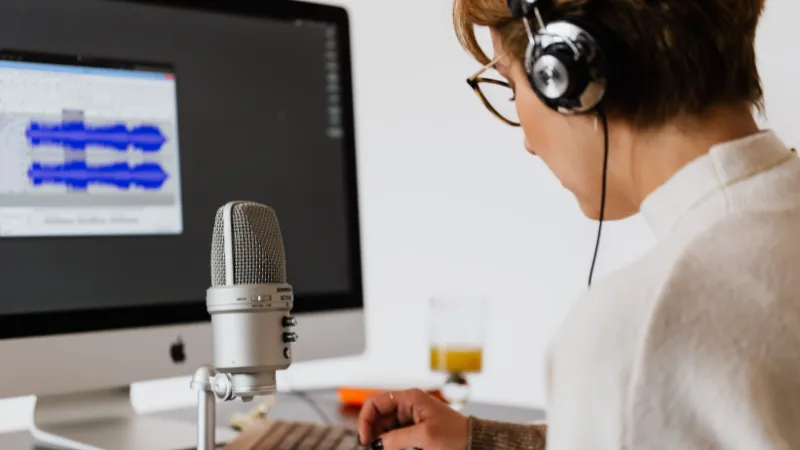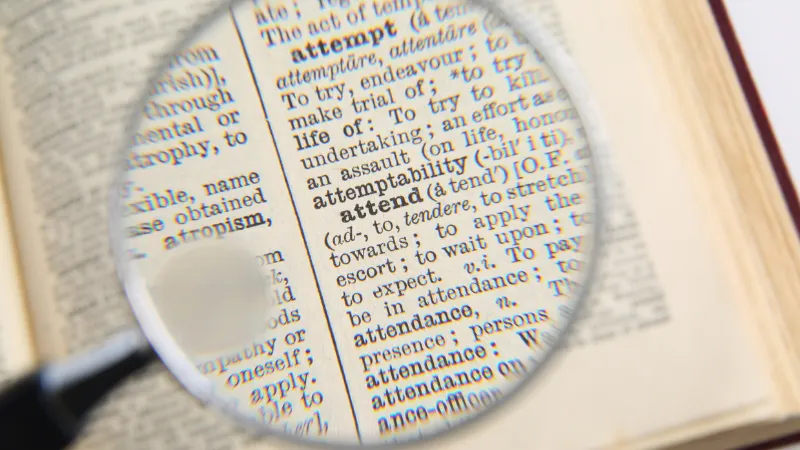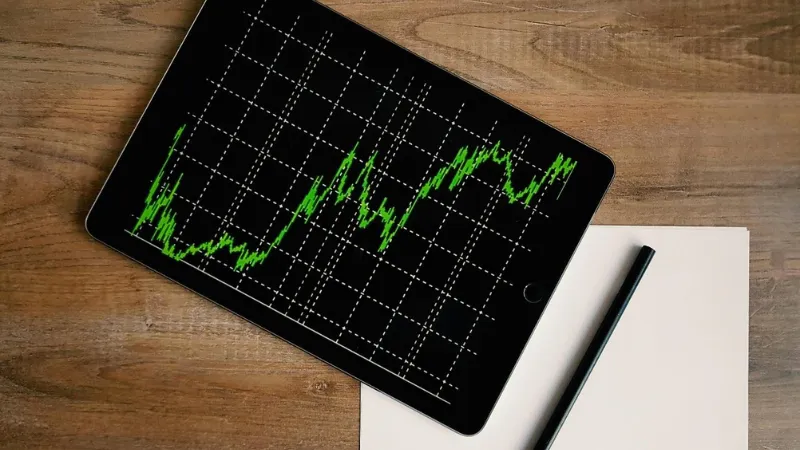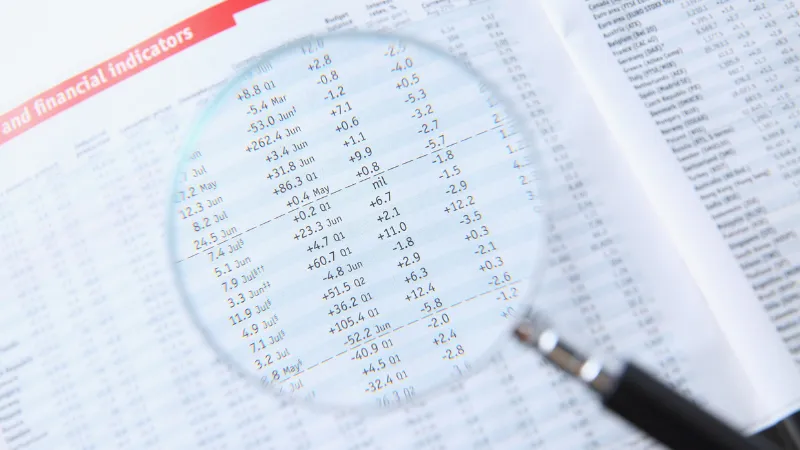
Artificial intelligence is no longer a side experiment in music—it’s become a tool that many of us can actually use. What once felt like something for large studios is now available to anyone with a computer. For open-source fans and Linux users, that means new opportunities without leaving the systems we already prefer.
AI isn’t about replacing human creativity. It’s about saving time and giving us another way to start a track. You can type in a description and within seconds get a loop, a short melody, or even a full piece of music. Instead of staring at a blank session, you’ve got a base to play with and develop further.
How AI Music Tools Deliver
Most music generators rely on machine learning. They’ve been trained on huge collections of songs, so they understand rhythm, harmony, and genre patterns. When we enter a prompt, the tool doesn’t copy existing tracks—it builds something fresh based on what it has learned.
For example, if you ask for “a slow acoustic folk track with warm strings and soft drums,” you’ll get a piece that fits that mood. Add more detail and the result usually improves. That’s why text-to-music systems are handy for quick projects or for people who aren’t trained in composition.
Plenty of tools come with free versions. They often limit export quality or track length, while paid options unlock cleaner files and more instruments. Whatever version you pick, the workflow is usually simple: type, generate, download.
Where AI Fits Day to Day
Not every project needs a long, original score. Sometimes all that’s required is a podcast intro, a loop for a demo, or a bit of background audio. AI steps in neatly here.
Picture this: you’re editing a short reel on Linux and need a track. Instead of digging through stock libraries or writing something from scratch, you could generate music tailored to the clip in minutes. The output might need tweaks, but it gets you most of the way there.
That convenience appeals to podcasters, teachers, developers, and marketers who don’t want to lose hours sourcing audio. Most of us still prefer to polish tracks in our usual editors, but having a head start keeps things moving.
Blending Open Tools With AI
It’s not a matter of choosing between open-source editors and AI platforms. The two can work side by side. Open-source software is still best for detailed mixing and precision edits. AI simply helps earlier in the chain by creating raw material.
You could generate a melody, import it into your Linux editor, then adjust the structure or add effects. That way you keep full control over the creative finish while saving time on the groundwork.
Even basic AI tools allow exports in WAV or MP3, so there’s no barrier when moving files between systems. For those who want more advanced control, premium platforms offer extra features like instrument selection and longer track durations.
Getting Better Results With Prompts
Good prompts matter. A vague request leads to generic output, while specific instructions give better music.
Asking for “relaxing background music” might produce something dull. Instead, try asking for something more specific, like “ambient track at 70 BPM with soft pads and no percussion”. This more detailed prompt means that the system has much more to work with. Small details about tempo, mood, and instruments improve the result dramatically.
If you don’t like a section, most platforms let you regenerate that part without losing the rest of the track. Some even allow layering prompts or combining variations, which makes the output more flexible.
Because files usually work with Linux-friendly editors, you’re free to continue the process locally. Tools like Adobe Express make it easy to try different prompts, listen, and keep generating until you’ve got something that feels right.
Where AI Still Falls Short
AI in music is promising but not perfect. Many tracks lack emotional depth or the kind of subtle changes a human composer naturally introduces. Long pieces often feel flat.
There’s also the question of originality. While the systems don’t copy songs, they do rely on patterns found in existing material. That doesn’t stop you from using them, but it raises fair debates about uniqueness.
Practically, most platforms require a constant internet connection. Offline use is rare, which can be inconvenient if you are trying to work in restricted environments.
Even so, these tools are helpful for drafting, filling background space, or sparking ideas. They’re not a replacement for skill, but they do reduce the heavy lifting.
AI has earned a place in music production, even for open-source enthusiasts. It complements traditional methods, rather than pushing them aside. Blending AI generation with manual editing, means that we can move faster without lowering the quality of our work.
In short, use it when it helps, ignore it when it doesn’t, and make your own creative choices.


 Follow us
Follow us Follow us
Follow us















